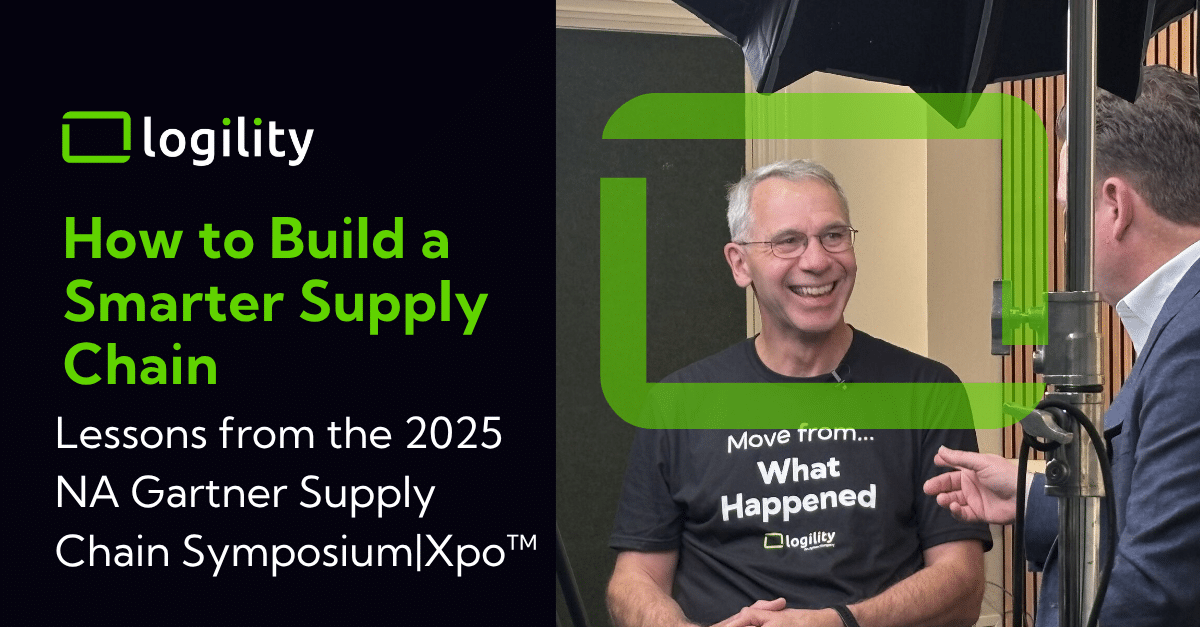
Traditional demand planning has long been owned by only the supply chain organization – gathering data from all corners of the business through lengthy spreadsheets and often leaving out critical information. Now, with AI-powered collaboration, the entire business can own and influence the demand forecast in a more comprehensive way leading to reduced risk, increased forecast accuracy, and significant working hours saved.
Making this significant change to how you work might seem daunting and difficult to visualize. With that in mind, we explore what a day in the life of each department within your organization using DemandAI+ would look like after transforming your forecasting process.
In this blog, we will present first hand visuals on how sales, marketing, and finance can realistically use AI-powered collaboration, what challenges each department might face, and how they can overcome them.
Traditional Demand Planning Challenges:
Current demand planners can get bogged down in the daily grind of gathering, organizing, and analyzing the sales history for an accurate forecast. They are managing complex spreadsheets populated by multiple sources and stored in too many locations. It becomes difficult to track and understand changes to the history and forecasts within these spreadsheets, and even more difficult to document assumptions behind the numbers. Add in organizational and data silos, lack of proper tools, and frankly just lack of time in the day, and forecasting becomes tedious rather than strategic.
A traditional forecasting process follows a sequential cadence that starts with collecting the data, then calculating the forecast, incorporating the knowledge, collaborating on what the final plan will be and then modifying those assumptions.
It is extremely time-consuming.
It’s time to bring innovation to the demand planning process by elevating to simultaneous, AI-first, insights-based demand planning. In this new approach, data can come in at any time during the week or month, and the forecast will be updated accordingly, with documentation to back it up.
Bringing Sales, Marketing, and Finance into the Forecast
New product introductions, phase outs, promotions, and customers coming on and off SKUs are some of the key areas where demand planners may be pulling information from across their organization to impact the forecast. Allowing this information to flow directly into the forecast rather than passing through multiple hands will increase accuracy and reduce errors and latency.
The DemandAI+ workbench is designed to bring that information into your forecast at the beginning and apply new data as it becomes available. Next, you can see how and which teams might become involved in the workbench. You’ll note that the Demand Planner is likely to be involved with each department, retaining ownership of the forecast during AI-powered collaboration.
The collaboration here is part of the Demand Planning process which is the start of the S&OP process for most companies. Typically, the first two weeks of the monthly S&OP process are reserved for demand planning. Allowing this information to flow directly into the forecast rather than passing through multiple hands will increase accuracy and reduce errors and latency.
While sales may be primarily focused on company promotions, events, and new customers, finance would be more concerned with budgets, targets, and economic factors. Here are specific situations where each department would use DemandAI+.
Sales Focuses on Sales
Demand Planners and Sales have to spend time trying to figure out how a promotion or new customer onboarding or new product introduction will actually impact sales. Their time would be better spent talking to customers and analyzing the business. You can see above, how they can use AI-powered collaboration.
Professionals working in sales could be anywhere from an account manager to business development manager. The sales team is your direct line to your customers – they communicate with them on a regular basis and have information about what is happening in your industry and with your competitors.
Marketers Focuses on Marketing
Marketing professionals work hard to find ways to improve the business and increase sales. New product introductions, price changes and promotions, and trade and industry shows are just some of the initiatives driven by this team.
Traditional forecast collaboration consisted of marketers submitting their own version of the forecast, which was built after many hours and days of work analyzing past events to determine the potential future impact.
Finance Focuses on Finance
Finance teams focus on guiding a company’s financial direction. They analyze business, sales, industry, and the global economy to maximize inventory investment and improve profitability. A key part of this process is incorporating this knowledge into the demand plan.
The challenge is understanding how external factors like regulatory approvals, tariffs, and commodity pricing will impact your business. Finance teams need a way to learn from past impacts and future influence to buying decisions, to translate these external factors into a digital language that a system can understand.
The Productive Supply Chain Organization:
With this new way of collecting and forecasting, the day in the life of a demand planner becomes more productive and strategic. AI-powered collaboration not only cuts down time spent calculating and recalculating forecasts but benefits the entire organization. Outside of unprecedented visibility into other departments, here are a few examples:
Daily:
- Meet with functional counterparts from other areas to ensure alignment and collaboration
- Gather new and updated insights and updating known and planned events.
- Create new events as needed and make necessary overrides to history or forecasts.
- Manage product, customer, and location portfolios.
- AI First Forecast Calculation
Weekly
- Review forecast for given scope.
- Resolve new training opportunities.
- Check impact of updated / new events.
- Check results of portfolio updates.
- Ensure optimal forecast release for supply
- AI First Forecast Calculation
Monthly
- Check metrics for given scope.
- Assess forecast value add.
- Investigate any trends and exceptions.
AI-Powered Collaboration with DemandAI+
By visualizing day in the life of each department using DemandAI+ we have shown how sales, marketing, finance, and demand planners can integrate AI-powered collaboration into their daily work loads. The benefits greatly increase forecast accuracy and foster a more cohesive and informed business environment.
If you’re ready to transform your supply chain as you know it, contact our team to learn more about DemandAI+, demand sensing, and GenAI. Let’s work together to reduce risks and increase your bottom line.
Written by
Richard Troxell
Short bio
Richard has been with Logility for 20 years. He started with the company as an implementation and business consultant. From there his responsibilities expanded to include working with new Logility partner teams around the world to train them on the platform. He also works with existing and prospective clients to show them how the Logility platform can help their business reach their goals. Prior to joining Logility, Richard worked as an IT and Applications Manager for Tropical Sportswear and DuckHead Apparel. In his spare time, Richard strives to win Wimbledon – unfortunately, the clock is running out on that dream so he will have to settle for winning his local club tennis league.



